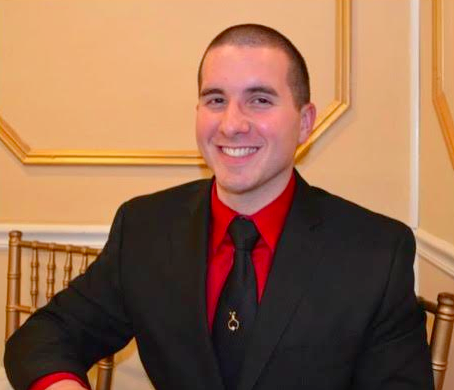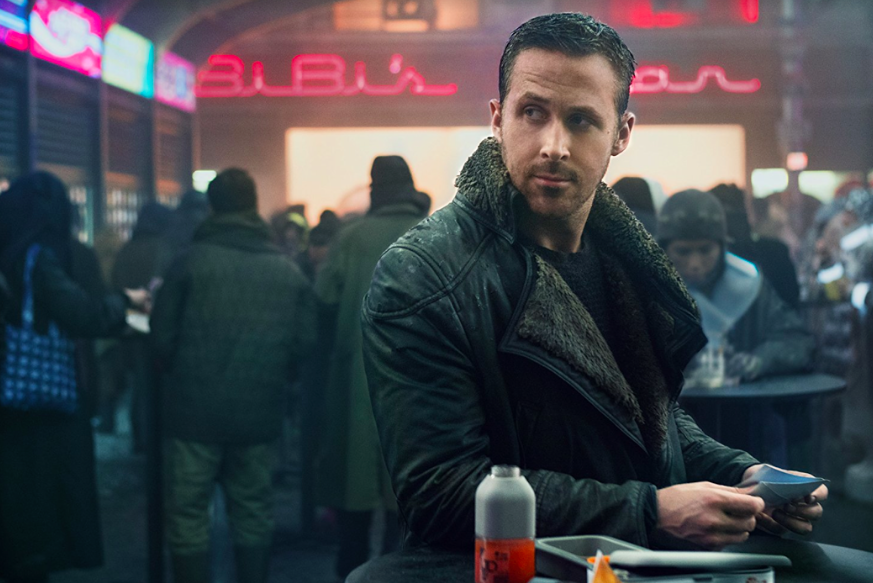 BY VINCENT D. ABBATECOLA
BY VINCENT D. ABBATECOLA
In 1982, director Ridley Scott brought Philip K. Dick’s 1968 novel “Do Androids Dream of Electric Sheep?” to the big screen with the movie “Blade Runner,” which followed the story of an ex-LAPD Blade Runner Rick Deckard (Harrison Ford), who’s brought back into duty to hunt down a group of replicants, synthetic humans who are bioengineered to work on off-world colonies. This sci-fi detective-noir has become one of the most notable films of the ‘80s and boats an ambiguous ending that has caused many debates.
25 years later, we now go back to the vision of Los Angeles to which Scott brought us a quarter of a century ago. Although waiting so long between sequels can be a gamble, director Denis Villeneuve continues his filmmaking winning streak by giving us a sequel that tops the original and is one of the best movies of the year.
30 years after the events of the first film, a Blade Runner named K (Ryan Gosling) travels to the home of a replicant to “retire” him. After the job is done, he makes a discovery that could change the future for both humans and replicants. I would say more, but it’s best to go into the movie knowing as little as possible.
 It’s a little difficult to get too in-depth about Ryan Gosling’s performance because of spoilers, but I will say it doesn’t take long for him to get us caught up in his journey. This is a lonely world for his character, and he makes us feel every bit of the isolation he feels. Throughout the film, there are some scenes that don’t have much dialogue, so Gosling must rely on his facial expressions to keep us involved in the emotions of his task. It’s in these moments where the acting, visuals, and music all come together to provide us with a sense of the character’s thoughts and feelings, which makes these scenes some of the most contemplative in the film and give us a view into the thoughts of his character.
It’s a little difficult to get too in-depth about Ryan Gosling’s performance because of spoilers, but I will say it doesn’t take long for him to get us caught up in his journey. This is a lonely world for his character, and he makes us feel every bit of the isolation he feels. Throughout the film, there are some scenes that don’t have much dialogue, so Gosling must rely on his facial expressions to keep us involved in the emotions of his task. It’s in these moments where the acting, visuals, and music all come together to provide us with a sense of the character’s thoughts and feelings, which makes these scenes some of the most contemplative in the film and give us a view into the thoughts of his character.
Just like with Gosling, I can’t say much about Harrison Ford’s performance without giving away plot details. But, I will say that, just as what happened when he returned as Han Solo in “Star Wars: The Force Awakens” almost two years ago, his reemergence as Rick Deckard makes it feel like he never left the role.
There are also some memorable supporting performances, such as Jared Leto as a manufacturer of replicants, Ana de Armas as a kindhearted hologram, and Sylvia Hoeks as a deadly replicant who’s determined to use K’s discovery to meet her dangerous goals.
One of the main reasons to see this in a theater is because of the unforgettable and mind-melting cinematography by Roger Deakins, who also lensed Villeneuve’s “Sicario” and “Prisoners.” Never has a congested and downtrodden cityscape look so gorgeous, and right from the beginning, you don’t even want to blink because each shot is a work of art, meshing sci-fi dystopian imagery with nourish qualities, all of which does justice to what cinematographer Jordan Cronenweth did for the original film. Deakins brings some of the most memorable shots of the year, showing a talent for finding beauty in the bleak and proving to be one of today’s most prolific cinematographers.
The screenplay by Michael Green and Hampton Fancher (the latter of whom cowrote the first film with David Peoples) sets up the film’s main mystery just about 10 minutes in, and then from there, it’s a carefully unravelled plot that demands your attention. As the narrative unfolds, Fancher and Green fill the story with memorable new characters and settings, taking full advantage of the film’s epic scale. Just like the first “Blade Runner,” this sequel is one of those films where, even if you understand it the first time around, you want to see it again because you know there are little things that you might have missed along the way, and I can’t wait to experience this movie again.
Although a couple of the reveals in the plot are rather predictable as soon as the pieces are set up, you’re still invested in the story because of how committed the movie is in its world-building and reaching the end of the puzzle.
As with Villeneuve’s other films, he crafts a perfect blend of acting, story, and visuals. While the film has some thrilling action set-pieces, it’s the quieter scenes that drive the movie. He allows for scenes to take their time so the images can sink into our minds, all while giving us a chance to think about what’s happening and ponder to what everything may be leading.
Throughout the film, Villeneuve manages to bring us both the sense of wonder of “Arrival” and the grimness of “Sicario” and “Prisoners,” and while you may think that these two characteristics wouldn’t quite go hand in hand, Villeneuve makes it happen.
With “Blade Runner 2049,” Villeneuve delivers another sci-fi masterpiece that’s one of the most engrossing experiences you’ll have at the movies this year and a true gift to have your eyes behold.
Final Grade: A-

You must be logged in to post a comment Login